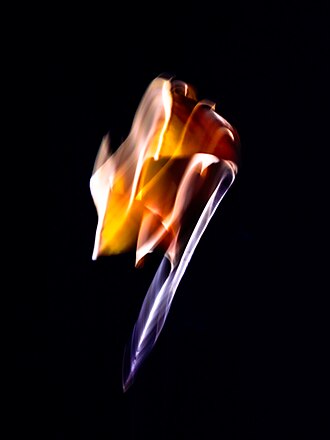

St. John Paul II. / Credit: Adrian Tusar/Shutterstock
CNA Staff, Nov 15, 2025 / 07:00 am (CNA).
A new Vatican-set thriller based on a true story is currently in the works, according to Variety.
“Santo Subito!” will follow Father Joseph Murolo, an American priest asked by the Vatican to serve as the “devil’s advocate” in the investigation of Pope John Paul II’s life and his path to sainthood.
The film will take place after the pontiff’s death and follows Murolo, who “must make sure that nothing undermines the sanctification of Karol Wojtyla, the first non-Italian pope in 450 years,” the synopsis reads, as he interviews candidates and witnesses. The description goes on to say that the priest will navigate a “moral labyrinth” that will “put his own faith to the test.”
Murolo will be played by actor Mark Ruffalo, known for his role as Bruce Banner, or the Hulk, in “The Avengers” movies.
Filming is expected to begin on March 9, 2026, on location in Italy and Poland.
“The film offers a genuine behind-the-scenes investigation of the Vatican world, while also taking us into the deeper realm of faith and values,” a co-producer of the film, Nicolas Brigaud-Robert, said. “The script itself is a page-turner, and I can’t imagine any audience remaining indifferent to Father Murolo’s journey.”
In the canonization process of the Catholic Church, the “advocatus diaboli,” or the devil’s advocate, was established to ensure rigorous scrutiny of a candidate’s life, virtues, and reported miracles. The role’s purpose was to consider all possible doubts and inconsistencies, and to present evidence that might challenge claims of holiness, so that only those truly worthy would be declared saints.
However, in 1983, Pope John Paul II reformed the process through the apostolic constitution Divinus Perfectionis Magister, changing the role of the devil’s advocate, also known as the “promoter of faith.” The emphasis shifted from an adversarial model to one more focused on collecting and verifying evidence, with the Congregation for the Causes of Saints overseeing the process.
Read More
